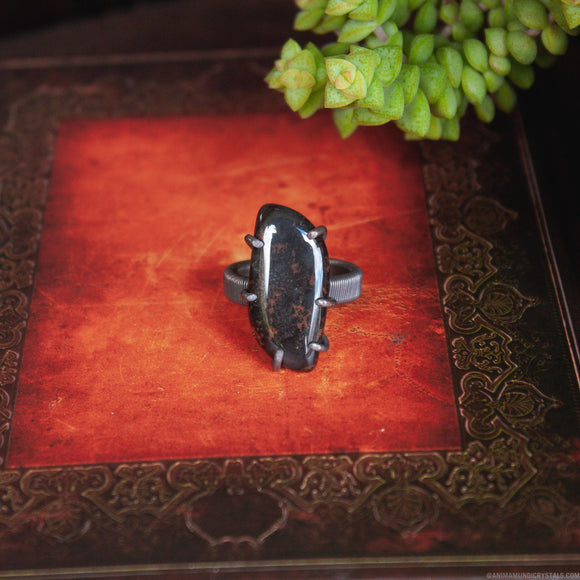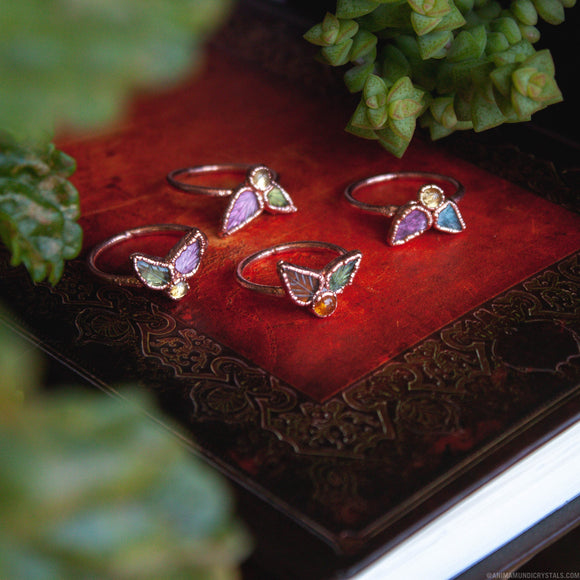
Celestite, Crystal for Meditation
Sorin Claudiu Mandache
WHAT IS CELESTITE:
Celestite typically in sedimentary rocks, it forms as a groundwater or low temperature hydrothermal precipitate, meaning the crystals are formed by groundwater depositing the mineral in cavities in the host rock.
Celestine geodes such as those found in Madagascar are understood to form by replacement of alabaster nodules consisting of the calcium sulfates gypsum or anhydrite.
Calcium sulfate is highly soluble, but strontium sulfate is mostly insoluble.
Strontium-bearing solutions that come into contact with calcium sulfate nodules dissolve the calcium away, leaving a cavity.
The strontium is immediately precipitated as celestite, with the crystals growing into the newly-formed cavity.
The blue celestine that most people are familiar with comes from Northwestern Madagascar. Large crystals and geodes are frequently found there.

FUN FACTS:
Celestite derives its name from the Latin word caelestis meaning celestial, which in turn is derived from the Latin word caelum meaning sky or heaven.
It measures between 3 and 3.5 on the Mohs scale, making it a fairly soft mineral.
It's crystals form the skeletons of Acantharea, a type of radiolarian protozoa (tiny, single celled zooplankton)
It is a primary source of strontium salts which have historically been used to give fireworks a brilliant, deep red color.

METAPHYSICAL PROPERTIES:
Celestite is best used as a focus point of meditation, prayer, or mindfulness.
This stone does very well as a visual piece in private space used for mindfulness practices.
Celestite also promotes discernment or higher spiritual awareness.
This makes the stone good for gaining understanding and promoting inner peace.
Celestite is strongly connected to divine energy and cosmic supernatural forces. As the result, this gem is best used for pursuing spiritual strength.
NOTE: Celestite should not get wet. It has a value of 3-3.5 on the Mohs Hardness Scale, which is below the minimum value required for minerals to survive underwater. Water can seep into the crevices of stones, widening their cracks and damaging them. It can also dull the color of the stones.
Celestite should not be put in sunlight. When exposed to sunlight for a long time, the distinctive sky-blue color of the stone will turn white. Besides dulling its color, sunlight will also damage the structure of the stone.
Healing crystal meanings are spiritual supports to healing, not prescription or healthcare information.


